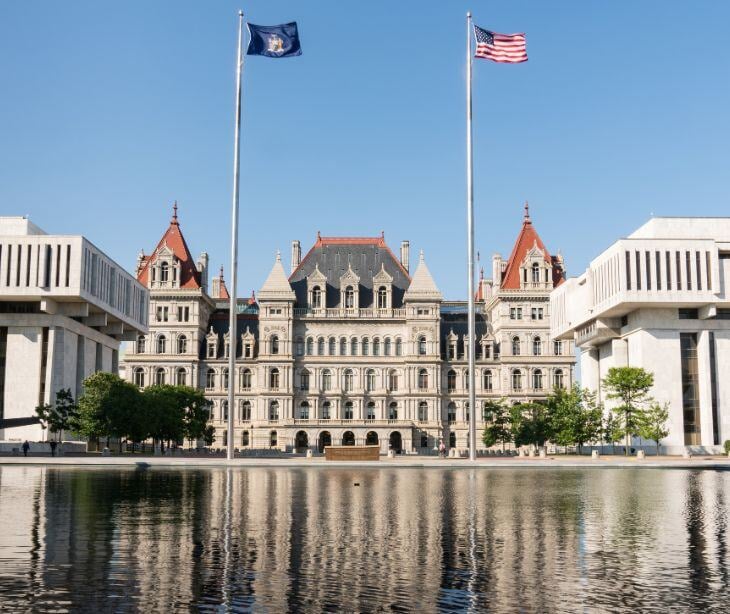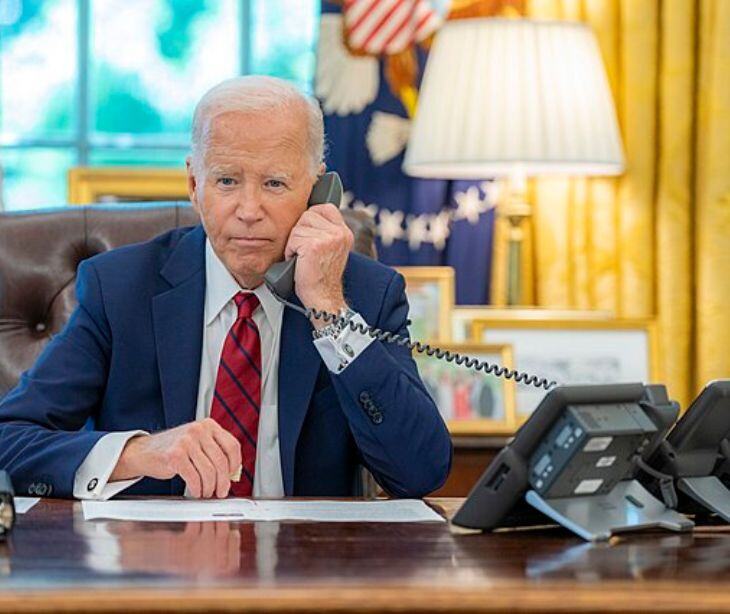3 min read
White House unveils budget proposal slashing health agency funding
Kirsten Peremore
May 14, 2025 6:12:38 PM

On May 2, 2025, President Donald Trump released his administration’s discretionary spending blueprint for fiscal year (FY) 2026, commonly referred to as the “skinny budget.”
What happened
The preliminary request outlines top-line funding priorities for federal agencies and serves as a starting point for congressional appropriations negotiations, with the full budget request, detailing mandatory spending and tax policies, expected later in May 2025. According to both the White House’s official FY 2026 Discretionary Budget Request and a Special Bulletin from the American Hospital Association (AHA), the proposal includes significant funding reductions across key health agencies.
The Department of Health and Human Services (HHS) would see a 26.2% cut from FY 2025 enacted levels, reducing its budget to $93.8 billion. Major health agencies face steep cuts: the National Institutes of Health (NIH) would lose $18 billion in funding and restructure into five new research institutes aligned with the president’s “Make America Healthy Again” (MAHA) initiative, which would receive $500 million.
The Health Resources and Services Administration (HRSA) would see a $1.73 billion reduction, including deep cuts to maternal and child health and workforce programs. The Centers for Disease Control and Prevention (CDC) would be cut by $3.6 billion, while the Substance Abuse and Mental Health Services Administration (SAMHSA) would lose $1.1 billion.
Notably, the budget also proposes eliminating funding for the Hospital Preparedness Program within the Administration for Strategic Preparedness and Response (ASPR). These proposals, although not binding, signal a substantial shift in federal health priorities and have sparked concern among hospital and public health leaders.
By the numbers
- HHS: $93.8 billion — a 26.2% decrease from FY 2025 enacted levels.
- Make America Healthy Again initiative: $500 million in proposed funding.
- HRSA: Cut by $1.73 billion.
- Maternal and child health programs: Cut by $274 million.
- Workforce programs: Cut by $1 billion.
- Remaining HRSA activities: Maintained at $6 billion.
- CDC: Cut by $3.6 billion, with more than $4 billion retained for core public health work.
- NIH: Cut by $18 billion.
- $27 billion remains for core research activities.
- Funding eliminated for the National Institute on Minority Health and Health Disparities.
- SAMHSA: Cut by $1.1 billion, with $5.7 billion remaining for prioritized programs.
- CMS: Cut by $674 million, ending certain health equity and non-statutory programs.
- ASPR: Eliminates $240 million in funding for the Hospital Preparedness Program.
- AHRQ: Cut by $129 million, ending new grants and reducing contracts outside of statistical work.
What was said
According to the press release from President Trump, “We also considered, for each program, whether the governmental service provided could be provided better by State or local governments (if provided at all). Just as the Federal Government has intruded on matters best left to American families, it has intruded on matters best left to the levels of government closest to the people, who understand and respect the needs and desires of their communities far better than the Federal Government ever could. Cutting such spending from the discretionary budget leads to significant savings.”
What’s next
The next step in the federal budgeting process moves to Congress, where lawmakers will begin crafting appropriations bills that determine actual funding levels for federal agencies, including health-related programs. While the “skinny budget” offers a blueprint of the administration’s priorities, such as steep cuts to public health and medical research in favor of the MAHA initiative, it is not binding and often undergoes significant revision.
Congressional committees, particularly the House and Senate Appropriations Committees and their subcommittees on Labor, Health and Human Services, and Education, will hold hearings, solicit stakeholder input, and negotiate line-by-line funding. Given the proposed reductions to widely supported agencies like the NIH, CDC, and SAMHSA, bipartisan resistance is likely, especially from lawmakers representing districts heavily reliant on federal health grants or rural hospital funding. Advocacy groups such as the AHA are already mobilizing to urge Congress to protect or restore funding for necessary services.
Related: HIPAA Compliant Email: The Definitive Guide (2025 Update)
FAQs
What is the role of the Department of Health and Human Services (HHS)?
HHS is the U.S. government’s principal agency for protecting the health of all Americans and providing essential human services. It oversees programs like Medicare, Medicaid, public health initiatives, medical research, disease prevention, and services for vulnerable populations.
How is HHS funded?
HHS is funded through the federal budget, which includes discretionary spending (approved annually by Congress) and mandatory spending (set by laws such as Social Security and Medicare statutes). The discretionary portion includes funding for agencies like the CDC, NIH, and SAMHSA.
What is the purpose of the federal fiscal budget?
The federal budget is a financial plan that outlines how much money the federal government expects to spend and collect in a fiscal year. It guides funding priorities and authorizes resources for government agencies and programs, including those under HHS.




